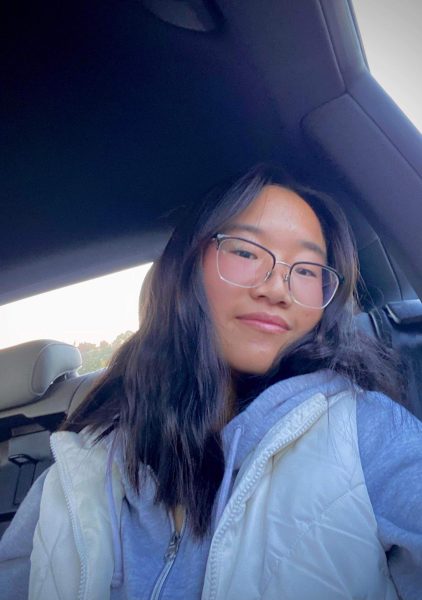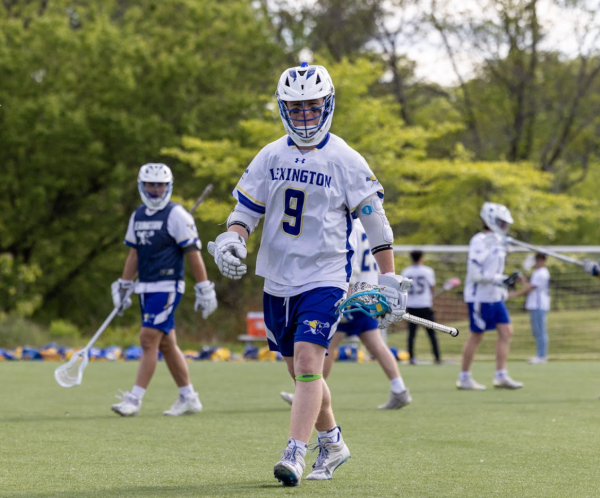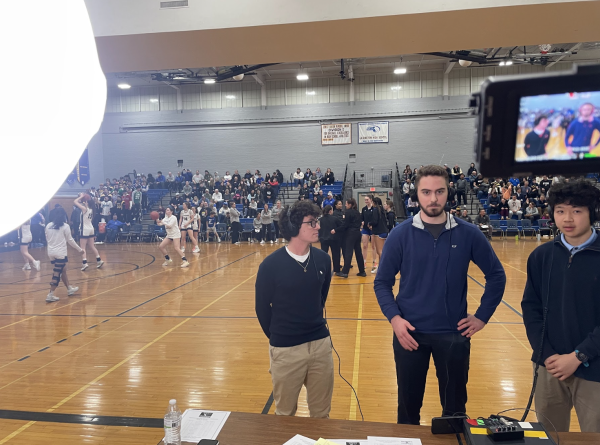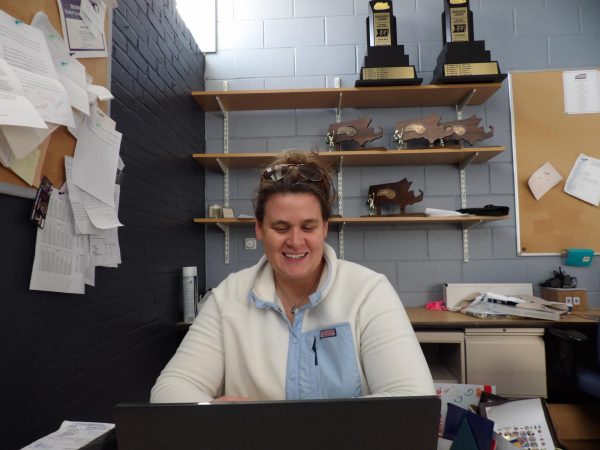Changes Surrounding Winter Sports
February 12, 2021
On Dec. 1, 2020, Dr. Julie Hackett emailed a letter to the Lexington High School community detailing changes made to winter sports. While there were many safety requirements put in place for the fall season, including shortened seasons, smaller rosters, and daily health check-ups, the winter letter called for even stricter restrictions. With the requirement that all qualified athletes transition to the Remote Learning Academy, many students faced the decision of choosing between in-person schooling and competing in sports.
Naomi Martin, the Director of Athletics at LHS, explained the decision-making process behind these changes.
“As numbers in the pandemic seemed more positive, a conversation was started about having fall sports, which I think, in addition to the hybrid learning model, was really positive because of the sense of normalcy they provided. Field Hockey plays with their own stick, not touching a shared ball. Soccer is played with feet and throw-ins involving contact were altered. The nature of these sports allowed for kids to be masked and not have a lot of contact with a shared object,” Martin said.
However, winter sports presented different challenges. With temperatures dropping, contact increasing, and cases rising, the decision makers had to weigh many more factors. A completely new set of health risks needed to be addressed.
“It really changes dramatically with ice hockey. There is checking, shared space on the bench, and the rink is really small. Also with basketball, obviously you are indoors. When passing the ball everyone is touching [it]. It was a very different conversation and it was going to take a lot of different comfort levels and sacrifices to make it happen,” Martin said.
Reginald Hobbs, the boys’ basketball coach at LHS, was faced with adapting to these changes.
“The biggest difference is in the Middlesex League: varsity teams are practicing three times a week as opposed to the traditional… six day a week program and the practices are shorter than what we had in the past… This changes the emphasis of our practices […]. As a coach, you have to simplify what you want to do,” Hobbs said.
Shorter schedules were not the only differences in practices. The addition of masks in daily training sessions became a necessary requirement.
“It’s also forced us to begin with masks, everything is masks, everywhere is a mask, and all of that,” Hobbs said.
Masks have been a notable addition to practices for student athletes.
“You’re still going to talk to people and get in touch, but you are still going to have to wear a mask. It’s going to be more difficult obviously to play basketball, but practices are still fun especially when outside. You get out of your household and your little hole and are able to talk to people,” Divya Narayanan, a freshman on the junior varsity girls basketball team, said.
When it came to the requirement of going remote, however, Narayanan had mixed feelings.
“I don’t love [going remote] obviously; I chose hybrid so I could be meeting people in-person,” Narayanan said.
The interaction aspect of hybrid learning weighed heavily on Martin when discussing the remote requirement for winter sports.
“At first I felt like it was such a huge sacrifice considering how limited in-person learning is in the hybrid model, and I was sort of nervous about whether sports was worth it. I’m the mom of two 17-year-olds, so I wasn’t sure if giving up those few days of in-person learning to be on the basketball team was worth it. We always say these students are student-athletes, and we really need that student part to come first. For those students who were really struggling with remote, I didn’t want them to have to have more remote,” Martin said.
Though she misses hybrid learning, Narayanan agrees with the ultimate emphasis on safety.
“I think it’s an important safety measure especially because basketball is a contact sport and you’re gonna be coming in contact with a lot of people that you might not be in contact otherwise,” Narayanan said.
With the number of games decreased and championships canceled, Martin advises students to consider winter sports in a different light.
“At Lexington, we talked about winning and being first. Don’t think about it as winning games, think of it as winning safety, winning mental health battles, and spending time with your teammates that you haven’t had for the past eight or nine months,” Martin said.




